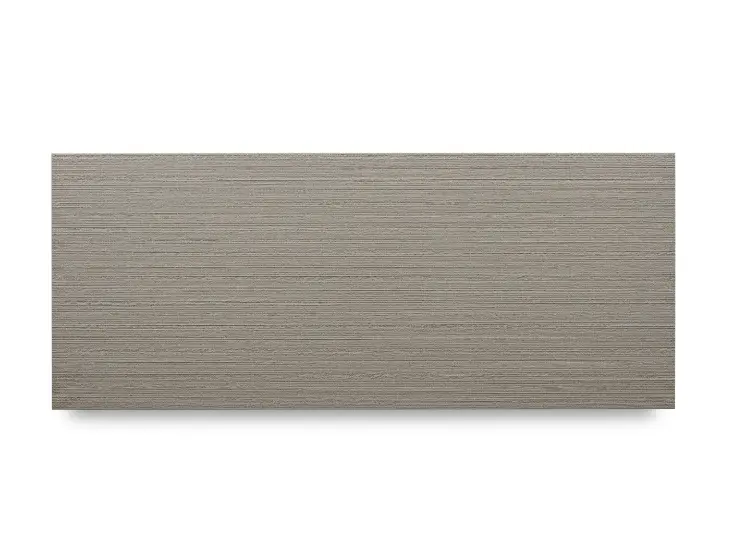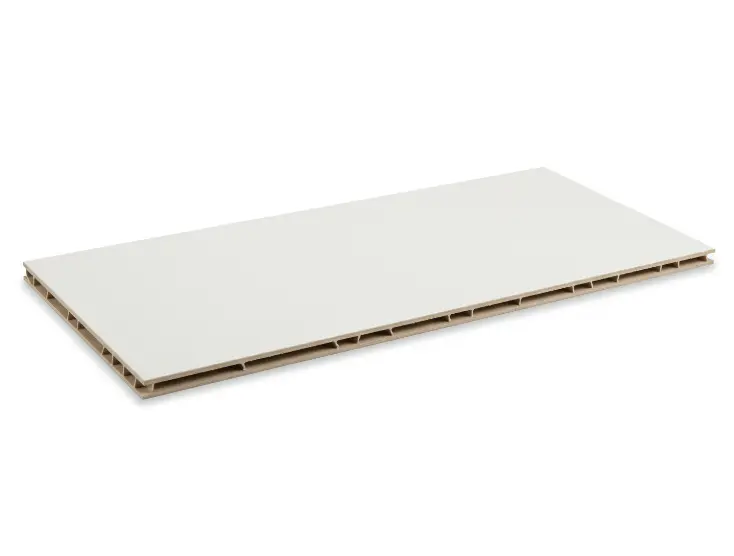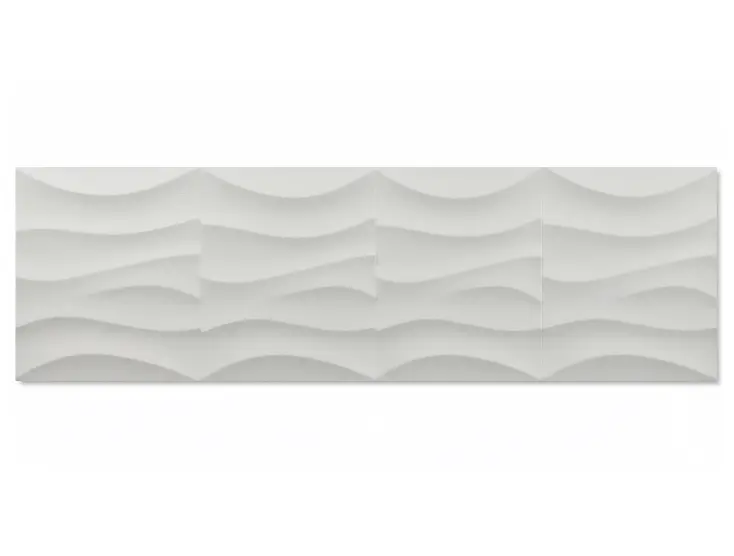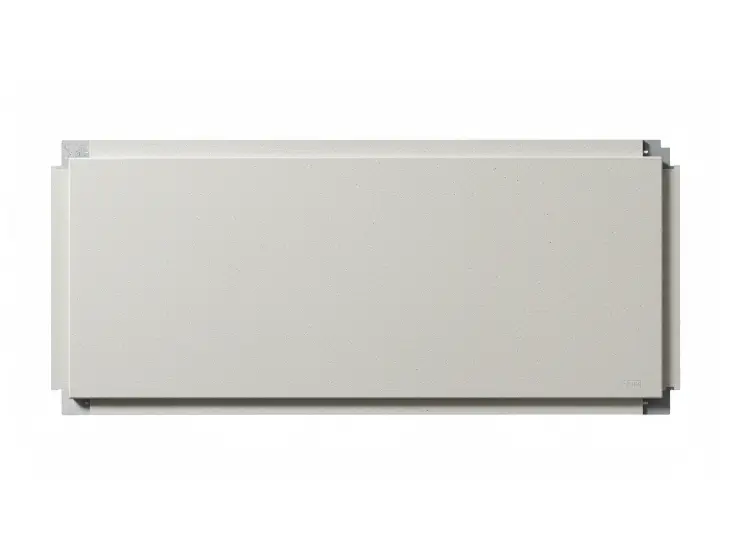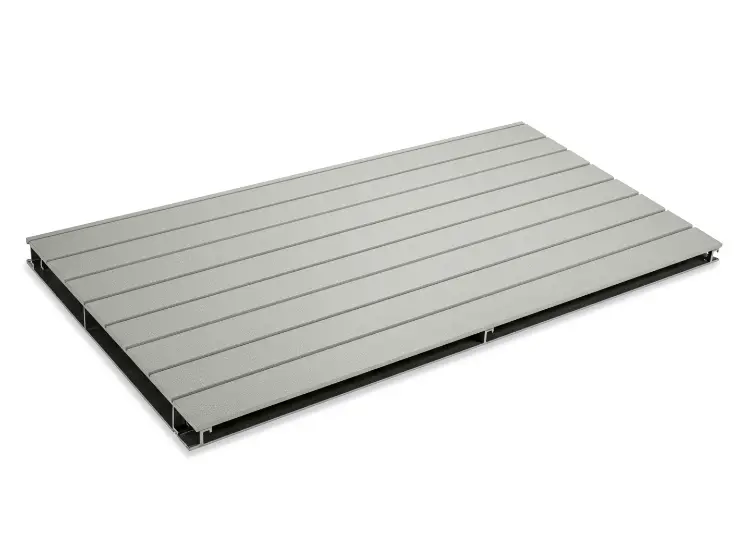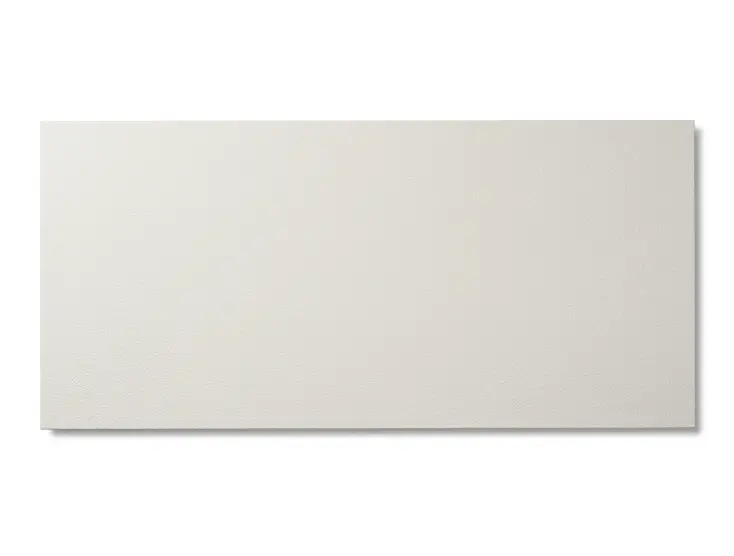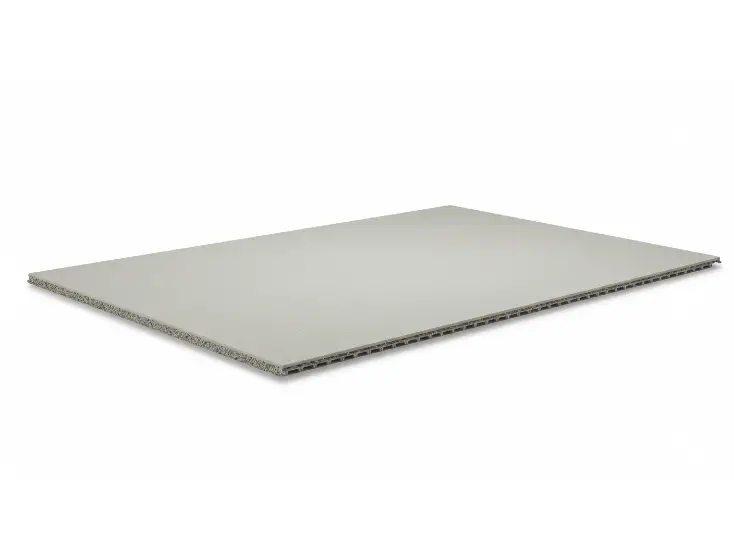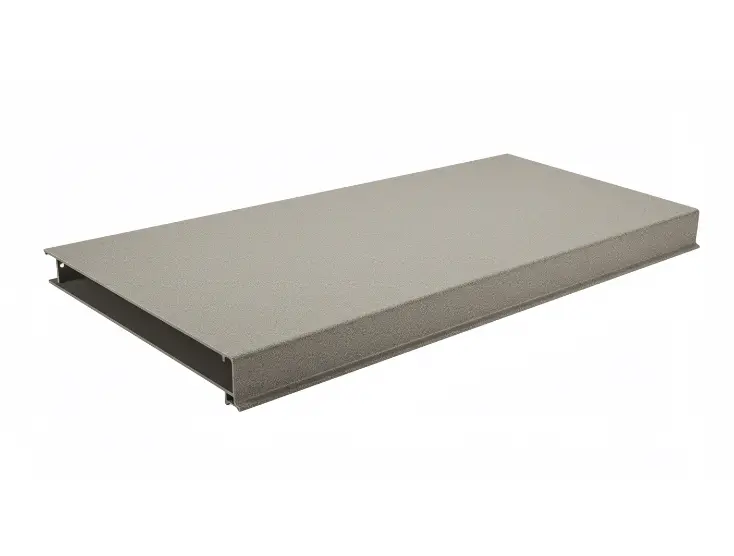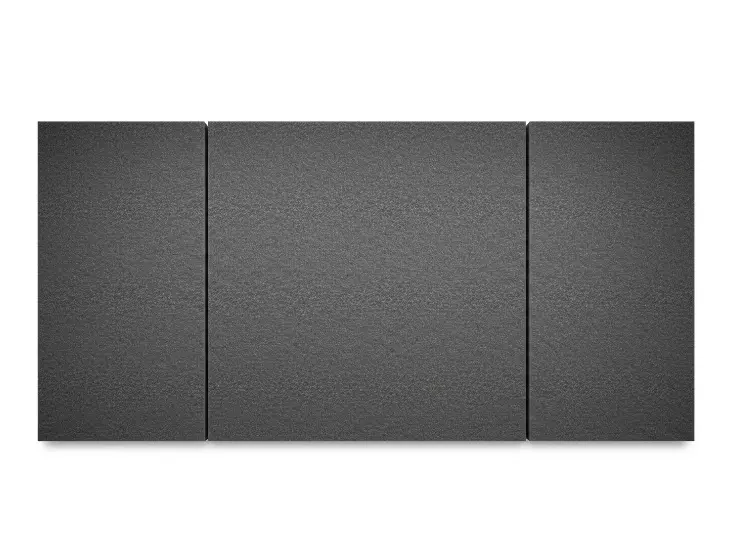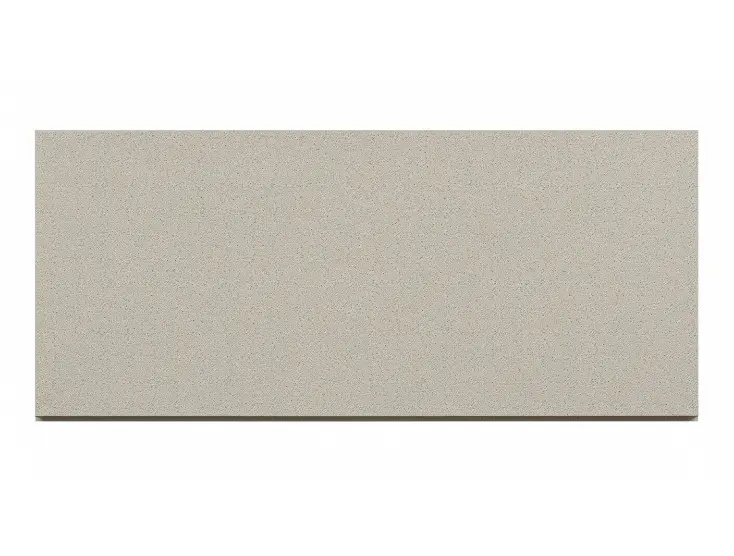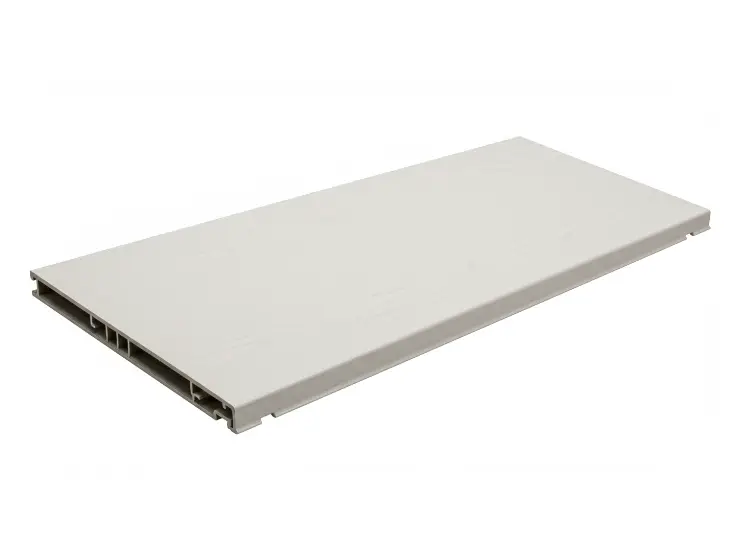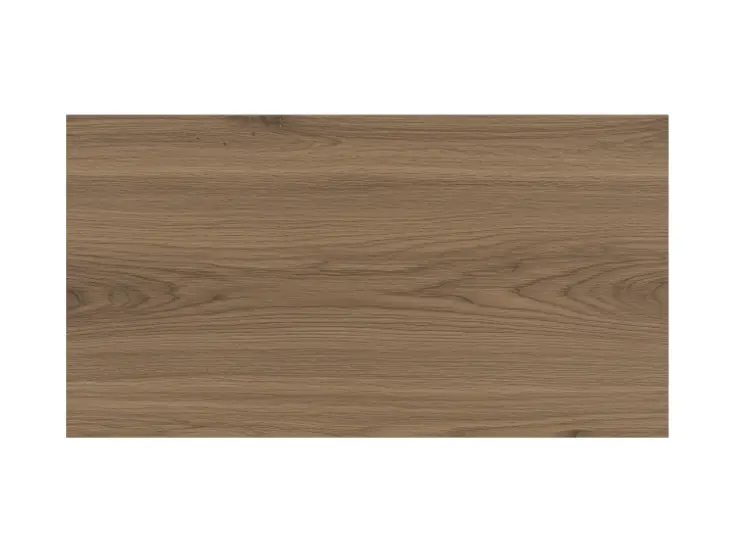Wall Cladding Panels
Wall cladding panels are an essential element in both residential and commercial design, offering a durable and aesthetically pleasing solution to enhance the exterior and interior of buildings. Made from various materials like wood, metal, PVC, and composite materials, WPC wall cladding panels are versatile, easy to maintain, and capable of improving the insulation and energy efficiency of a building. These panels can be used for both decorative and protective purposes, making them an increasingly popular choice for modern construction projects.
Types of WPC Wall Cladding Panels
1. Wooden Wall Cladding Panels
Key Features: Wooden wall cladding panels provide a natural, timeless look that is perfect for both traditional and contemporary spaces. They come in various finishes and can be treated to resist the elements, offering both beauty and durability.
Benefits: These panels offer a high-end aesthetic with a warm, inviting feel. Additionally, they provide natural insulation and improve energy efficiency. With proper maintenance, wooden cladding is durable and long-lasting.
2. PVC Wall Cladding Panels
Key Features: PVC wall cladding is made from lightweight, durable plastic materials. It is available in a wide range of colors, textures, and finishes, making it a versatile option for both interior and exterior applications.
Benefits: PVC cladding is highly resistant to water, mold, and mildew, making it a great option for areas prone to moisture, such as bathrooms, kitchens, and basements. It also requires very little maintenance, as it does not need to be painted or treated.
3. Metal Wall Cladding Panels
Key Features: Metal wall cladding is made from various metals such as aluminum, steel, or zinc. These panels offer a modern and industrial look, often used in commercial buildings or contemporary homes.
Benefits: Metal cladding is extremely durable, fire-resistant, and requires minimal maintenance. It is also highly resistant to the elements, including UV rays, which helps prevent fading and corrosion over time. Additionally, metal cladding provides a sleek, modern aesthetic to any building.
4. Stone and Brick Wall Cladding Panels
Key Features: Stone and brick wall cladding panels replicate the appearance of natural stone or brick, providing a classic and elegant look to both interior and exterior walls. These panels are often used in upscale or rustic designs.
Benefits: They offer great durability and natural insulation. Stone and brick cladding also enhance a building's curb appeal, providing a timeless and luxurious finish. Furthermore, these materials are resistant to weathering and can withstand harsh environmental conditions.
5. Composite Wall Cladding Panels
Key Features: Composite wall cladding panels combine the best qualities of different materials, such as wood fibers and plastic. These panels are engineered for strength, durability, and aesthetic appeal.
Benefits: Composite cladding is highly resistant to weathering, insects, and UV damage. It is low-maintenance and provides the appearance of natural wood or other materials while being more affordable and durable. These panels are ideal for environmentally conscious projects due to their sustainability.
Advantages of Wall Cladding Panels
1. Enhanced Aesthetic Appeal
Wall cladding panels significantly improve the look of any building, whether it’s a residential home or a commercial property. The wide range of materials, colors, and finishes available means that homeowners and designers can find the perfect match for their design vision, creating a unique and stylish finish.
2. Durability and Longevity
Whether it’s wood, metal, or composite, wall cladding panels are built to last. Many materials used in cladding are resistant to weathering, corrosion, and fading, providing long-term protection for walls. These panels are especially useful in protecting the structural integrity of buildings from the elements.
3. Improved Insulation and Energy Efficiency
Wall cladding panels provide excellent insulation, reducing heat transfer and improving energy efficiency. By using materials like wood, composite, or metal with insulating properties, these panels help keep the interior temperature of a building stable, which can lower energy bills.
4. Low Maintenance
One of the key benefits of wall cladding is its low-maintenance nature. PVC and composite panels, for example, do not require frequent repainting or sealing, making them hassle-free for homeowners and businesses alike. Additionally, they are easy to clean and maintain, preserving their appearance over time.
5. Protection Against Environmental Elements
Wall cladding panels provide a layer of protection against environmental elements such as rain, wind, UV rays, and temperature fluctuations. They can help reduce damage caused by exposure to these elements, thus extending the lifespan of your building and maintaining its structural integrity.
Applications of Wall Cladding Panels
1. Residential Applications
- Exterior Walls: Wall cladding panels are commonly used on the exterior of homes to create a visually appealing façade. Whether you're going for a traditional wood finish or a more modern composite look, cladding can completely transform the appearance of your home.
- Interior Walls: Inside the home, wall cladding can be used in living rooms, kitchens, or bathrooms to add texture and interest to walls. It can also be used as feature walls to highlight a particular design element.
2. Commercial Applications
- Office Buildings: Wall cladding panels are ideal for creating modern, professional-looking office buildings. They can also be used for partitions or accent walls within commercial spaces.
- Retail Spaces: Many retail stores use wall cladding to create a clean, modern, and inviting atmosphere. Materials like metal and composite panels can give retail environments an industrial or contemporary vibe.
3. Public and Industrial Buildings
- Schools, Hospitals, and Other Institutions: Wall cladding offers a practical and durable solution for public buildings that require frequent maintenance. It is ideal for creating walls that are both functional and visually appealing in educational and healthcare facilities.
- Industrial Buildings: In warehouses or factories, wall cladding panels provide protection against harsh conditions while offering a sleek, clean look for both interior and exterior spaces.
WPC Wall cladding panels offer numerous benefits, from enhancing the aesthetic appeal of a building to improving energy efficiency and providing long-lasting protection against the elements. With a variety of materials and styles available, wall cladding can cater to virtually any design preference, whether for residential, commercial, or industrial spaces. With its durability, low maintenance, and environmental advantages, wall cladding remains one of the best options for enhancing and protecting your walls.











